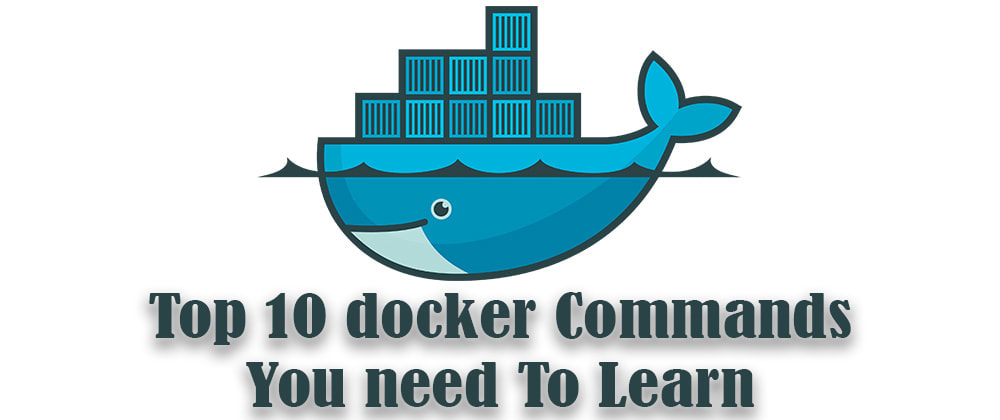

Within a container, the main container process generally must listen to 0.0.0.0. If you do have a multi-homed system, you can use -p 10.20.30.40:80:8080 to publish a port on only one network interface. You can find out all the ports mapped by not specifying a PRIVATEPORT, or just a specific mapping: docker ps CONTAINER ID IMAGE COMMAND CREATED STATUS PORTS NAMES b650456536c7 busybox:latest top 54 minutes ago Up 54 minutes 0.0.0.0:1234->9876/tcp, 0.0.0.0:4321->7890/tcp test docker port test 7890/tcp -> 0.0.0.0:4321 9876/tcp -> 0.0.0.0. On a typical developer system, you might want to explicitly specify -p 127.0.0.1:8080:8080 to only have your service accessible from the physical host. This isn’t prominent in Docker’s documentation, but it does at least show up in the excellent Get Started, Part 2: Containers tutorial. tobetter Posts: 12268 Joined: Mon 1:55 am. Map UDP port 80 in the container to port 8080 on the Docker host. If you’re using Docker Toolbox then any port you publish with docker run -p will be published on the Toolbox VM’s private IP address. Map TCP port 80 in the container to port 8080 on the Docker host for connections to host IP 192.168.1.100. The default -p listen address is 0.0.0.0. Map TCP port 80 in the container to port 8080 on the Docker host.
#Docker container port mapping code
It's possible to write code that scans all of the network interfaces and separately listens to all of them, but 0.0.0.0 is a shorthand that means "all interfaces". By default, this exposes the container port as port 80, but doesn't expose a fixed host port to map the container port ot. If you have, say, two network connections where one connects to an external network and one an internal one, you can specify the IP address of the internal network and have a service that's not accessible from the outside world. There's also a file that's used for overriding the docker-compose.yml with environment-specific settings (e.g.

docker run -d -p 5001:80 name web-api-container web-api-demo-d: Detached mode (run in the background). If you listen on 127.0.0.1, your process will be only reachable from the loopback interface, but not off-box. Run the docker image inside a docker container. Run docker run -d -P -name appname appimagename. EXPOSE a list of ports on your Dockerfile. What you can do is to EXPOSE a list of ports on your Dockerfile and later run the command docker run -P yourapp to publish all the ports exposed on the Dockerfile. When you set up a network listener, using the low-level bind(2) call or any higher-level wrapper, you specify not just the port you're listening on but also the specific IP address. Map TCP port 80 in the container to port 8080 on the Docker host. To see the exact mappings use docker port CONTAINERNAME. This tutorial post will help you to understand about how docker port mapping or docker port forwarding that helps to bind the container ports with docker. (And this is true inside a container as well, except that the "loopback" interface only reaches the container.)

On a Linux host if you run ifconfig you will likely have at least two interfaces, your "real" network connection and a special "loopback" connection that only reaches the host. In this day and age you likely have a wireless Ethernet connection, but you could also have a wired Ethernet connection, or more than one of them, or some kind of other network connection. Probally your server has other ways to specify this.Your physical hardware can have more than one network interface. The option -bind 0.0.0.0 it's specific option of rver. Example using python rver : docker run -p 8000:8000 -it python:3.7-slim python3 -m rver -bind 0.0.0.0 Start the container: Use the docker run command to start the container with the appropriate port mappings. In your case you need to run a new container making your server to listen on all interfaces. The problem of Connection refused/reset happens because your Server is listening on 127.0.0.1 inside the container and the port forwarding is going to external IP of the container (e.g.
#Docker container port mapping driver
However, if you use the -network host you will not have isolated networking in the container, and the host networking driver only works on Linux hosts. This is the same level of isolation as if the nginx process were running directly on the Docker host and not in a container Port mappings are similar to passing -p into the Docker command line and specify a relationship between a port on the host machine and a port inside the. I think there are some problems with Zitouni's answer, according to Docker official documentation:


 0 kommentar(er)
0 kommentar(er)
